HOT Protocol: Redefining the Future of Cryptocurrency Wallets
In the cryptocurrency world, private key management and cross-chain transactions have long been two major pain points in user experience. Traditional wallets rely on single private key storage, where a leak or loss could mean permanent risk to user assets. Meanwhile, transferring assets between different blockchains often discourages ordinary users due to complex bridging processes and high fees.
HOT Protocol emerges to address both problems simultaneously with multiparty computation (MPC) and a decentralized validator network, becoming one of the most closely watched Web3 infrastructures in 2024.

From Single Point of Failure to Distributed Security: Breakthroughs in MPC Technology
Traditional wallets’ private key storage can be likened to locking treasure in a safe with only one key. HOT Protocol’s core innovation lies in its use of multiparty computation (MPC) technology—it splits the private key into multiple fragments and distributes them among independent validator nodes (such as EverStake, NEAR Protocol, etc.). Even if some nodes are attacked, it’s impossible to reconstruct the complete private key, fundamentally eliminating single point of failure risks.
This technology also grants users greater control. For example, if a key fragment needs to be replaced due to device loss or leakage, users can reset their keys via preset social recovery mechanisms without relying on centralized entities.
Additionally, the HOT wallet’s built-in two-factor authentication (2FA) supports various methods like SMS and Google Authenticator, allowing users to enable or disable it anytime, balancing security and flexibility.
For investors looking for secure storage solutions, JuCoin’s custodial wallet services also offer similar multi-layer protection mechanisms and are worth further exploration.
A New Paradigm for Cross-Chain Transactions: 30-Second Asset Transfers
While MPC technology solves the security issue, HOT Protocol’s chain signature system targets cross-chain transaction efficiency. Through collaborative validator network signatures, users can transfer assets from Ethereum to Solana and other 8 major blockchains within 30 seconds, at a fee comparable to that of single-chain transactions.
This feature is enabled through HOT Relay, allowing users to pay gas fees for any chain using HOT tokens, avoiding the hassle of frequent native token conversions.
Market data confirms the appeal of this design. In October 2024, HOT Protocol’s weekly active wallet users exceeded 2.98 million, with 70% of the transaction volume coming from NEAR chain users.
Such growth is driven not only by technical advantages but also by deep integration with the Telegram ecosystem. As the default multi-chain wallet for Telegram mini-apps, HOT lowers the barrier for Web2 users to enter the blockchain world, becoming a crucial gateway in emerging markets.
Controversies and Challenges: Airdrop Disputes and Technical Concerns
Despite its promising outlook, HOT Protocol’s journey has not been entirely smooth.
The October 2024 token airdrop event stirred controversy due to a lack of transparency in allocation standards. Some users found that the airdrop application form was only open to specific victim groups, while qualification reviews for general participants lacked public criteria.
This incident exposed potential contradictions in decentralized governance—how to balance efficiency and fairness remains an urgent issue for the HOT community.
On the technical side, concerns over the validator network’s centralization trend have emerged. Currently, nodes are mostly operated by major institutions. If small participants fail to join over the long term, the protocol’s censorship resistance may weaken.
Moreover, MPC technology’s privacy protection capabilities have yet to be tested against large-scale attacks, and risks of metadata leakage in cross-chain interactions still need vigilance.
HOT Protocol’s Industry Significance and Future Outlook
The true value of HOT Protocol lies in its role as “infrastructure.” As a general layer connecting multiple blockchain ecosystems, it may become the default entry point for the next generation of DApps.
For example, developers can quickly build multi-chain Telegram bots using HOT’s SDK, and users can participate in cross-chain DeFi or NFT markets without managing multiple wallets.
For ordinary investors, the HOT token’s economic model is worth attention. Its utility covers validator staking, transaction burning, and governance voting. If the protocol continues to attract users and developers, token demand will likely grow alongside the ecosystem.
In the long run, HOT Protocol’s success will depend on two factors: whether it can maintain synergy between technical innovation and user experience, and how it can find a sustainable path between decentralization and regulatory compliance.
The outcome of this experiment may well define the future shape of cryptocurrency wallets.




